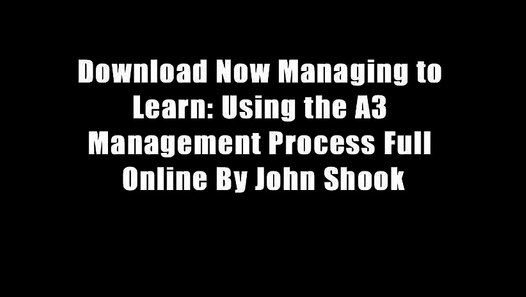
Faults are breaks that go deep within the Earth’s crust. Most (but not all) earthquakes start with this release of energy on faults. Listen to the radio or follow your Civil Defence Emergency Management Group online.Ĭheck on your neighbours and anyone who might need your help.Įarthquakes are the shaking of the surface of the Earth caused by a sudden release of energy.

It will help speed up assessments of your claims.
If you rent your property, contact your landlord and your contents insurance company. Contact your insurance company as soon as possible. Do not do anything that puts your safety at risk or causes more damage to your property. Protect them from hazards and protect other people from your animals. Use social media or text messages instead of calling to keep phone lines clear for emergency calls. Watch out for fallen power lines or broken gas lines, and stay out of damaged areas. More shaking can happen minutes, days, weeks, months and even years following an earthquake. Each time you feel earthquake shaking, Drop, Cover and Hold. If you are in a store, unfamiliar commercial building or on public transport, follow the instructions of those in charge.Įxpect more shaking. This is to protect yourself from injury by broken objects. If you can, put on protective clothing that covers your arms and legs, and sturdy footwear. If you see sparks, broken wires or evidence of electrical system damage, turn off the electricity at the main fuse box if it is safe to do so. If you smell gas or hear a blowing or hissing noise, open a window, get everyone out quickly and turn off the gas if you can. Turn of water, electricity and gas if advised to. Look for small fires and, if possible and safe to do so, extinguish them. Particularly in buildings where furniture and fittings may have become hazardous. You do not have to evacuate a building straight away unless it is showing obvious signs of distress or you are in a tsunami evacuation zone. It is frightening to stay in a building immediately after an earthquake, but it is much safer than going outside. Then HOLD on until the shaking stops.Ĭheck yourself for injuries and get first aid if necessary.ĭo not run outside. Bend over and COVER your head and neck as best you can. If using a walker carefully get as low as possible. 
If you use a walker or wheelchair, Lock, Cover and Hold. Keep your cane near you so you can use it when the shaking stops. and cover your head and neck with both hands. If you use a cane, Drop, Cover and Hold or sit on a chair, bed, etc. You are less likely to be injured if you stay in bed. If you are in bed, stay in bed and pull the sheets and blankets over you and use your pillow to protect your head and neck. Once the shaking stops, proceed with caution and avoid bridges or ramps as they may be damaged. If you are driving, pull over to a clear location, stop and stay there with your seatbelt fastened until the shaking stops.


When the shaking stops, try and get out at the nearest floor if you can safely do so. If you are in an elevator, Drop, Cover and Hold. If you are outside, move no more than a few steps away from buildings, trees, streetlights and power lines, then Drop, Cover and Hold.
#MANAGING TO LEARN SHOOK PDF HOW TO#
Find out more about how to protect yourself from a tsunami. If the earthquake lasts longer than a minute or is strong enough to make it difficult to stand, move quickly to the nearest high ground or as far inland as you can out of tsunami evacuation zones. Drop, Cover and Hold until the shaking is over. If you are near the coast remember, Long or Strong, Get Gone. Do not run outside or you risk getting hit by falling bricks and glass.








 0 kommentar(er)
0 kommentar(er)
